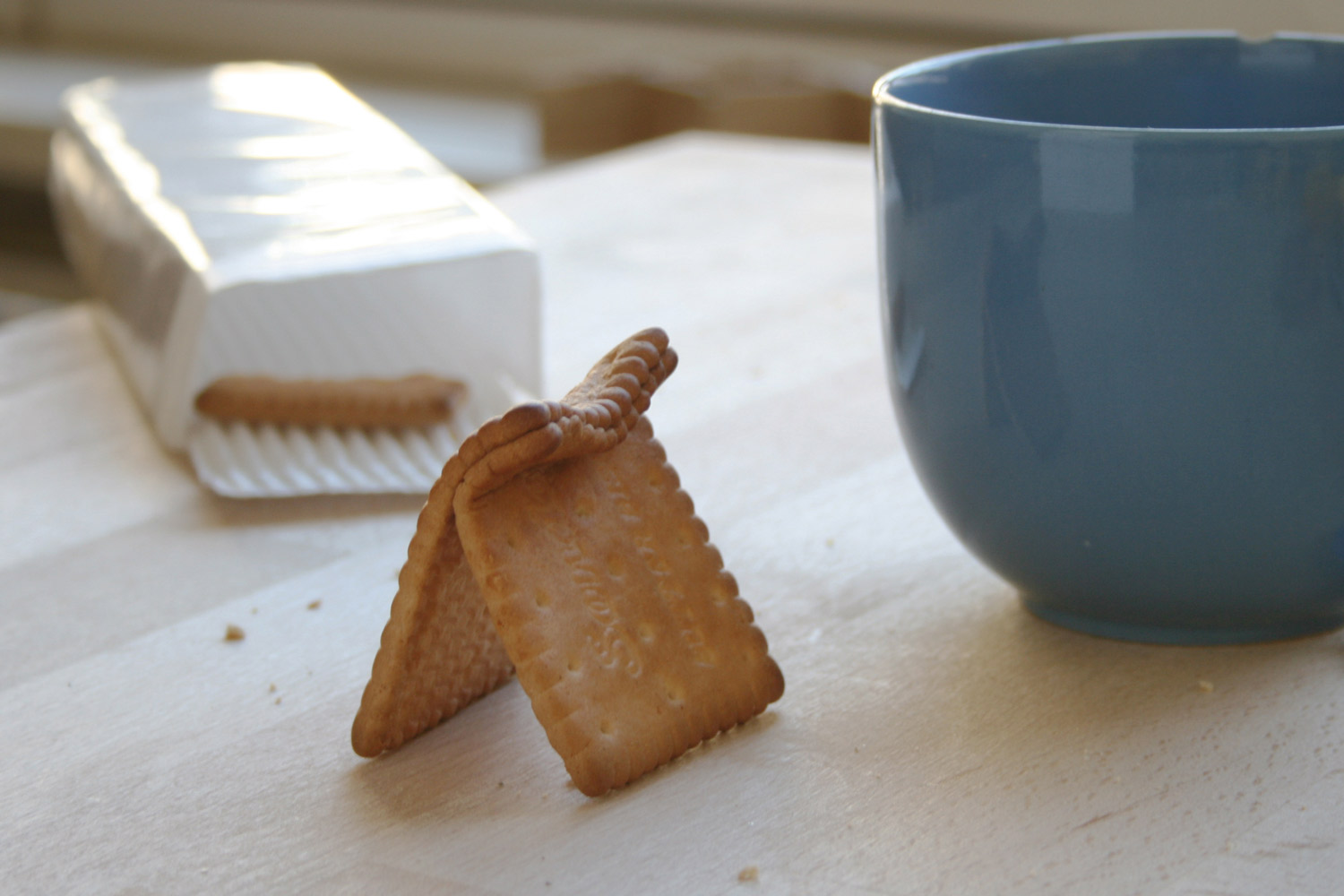
With his September 2008 auction at Sotheby’s, Damien Hirst cut out dealers and other art world middlemen, and went straight for his collectors’ cash. The auction, “Beautiful Inside My Head Forever,” achieved record-breaking sales and arguably constituted an artwork in its own right. Twenty-five years earlier, Andy Warhol had hawked TDK videocassettes on Japanese TV, illustrating his gnomic pronouncement that “making money is art and working is art and good business is the best art,” while contemporary Tokyo schoolchildren can purchase miniature works by Takashi Murakami with their bubblegum. “Pop Life: Art in a Material World” brings together works like these to show that selling is an artistic medium in its own right, with a history and actuality that resound across the globalized world. Originally titled “Sold Out,” the show was renamed after one artist complained. Yet the question remains: are Warhol’s art and legacy cynical and corrupt or pragmatic and empowering?
“Pop Life” persistently tests our coolness quotient: from our brand-recognition capacities, to our nonchalance at pornography in public spaces. While some displays perform trade in a straightforward way — a facsimile of Keith Haring’s Pop Shop is fully rigged for sales — others more obliquely address the apparatus of the art market and its standard devices. For example, a restaging of “Candidature à une Rétrospective” [Candidacy for a Retrospective,] Martin Kippenberger’s tongue-in-cheek 1993 installation, satirizes the valorizing role of landmark exhibitions.
Sex is another expression of the desire that drives commerce, one that in 1957 was claimed by Richard Hamilton as an essential component of Pop Art. Sex looms large over “Pop Life,” from Koons’s graphic 1991 “Made in Heaven” series, which depicts him in having intercourse with his ex-wife, the porn star and politician Cicciolina, to elements from the 1976 “Prostitution” exhibition at London’s ICA, which included Cosey Fanni Tutti’s porn and evidence of the media’s outcry at its public display. The work that most overtly foregrounds the kinship between selling, selling out and pornography is Andrea Fraser’s Untitled (2003), for which she arranged to have sex with an art collector for $20,000 on the condition that the event be filmed and turned into an artwork for public display. The film makes for uncomfortable viewing, not because of the sex, but because of its revealing performances of foreplay and flirtation, which remind us of so much sycophancy in the art world.
In Maurizio Cattelan’s Untitled (2009) a dead horse lies on the floor, speared with a placard inscribed with “INRI.” Cattelan’s relationship with the market is unusual: his work sells for impressive sums at auctions, though he has not had a show in a commercial gallery since 2002. Yet, this is not borne out by Untitled (2009). A display more relevant to “Pop Life” might have reunited the ten editions of Cattelan’s Mini-Me (1999), a diminutive sculptural self-portrait, designed to sit on a shelf in a collector’s home. Such a chorus of tiny Cattelans could have revealed something of the selling mechanisms surrounding the artist – one edition of Mini-Me fetched a record £493,000 at auction last June. It could also have asked whether the strategies employed by the work in “Pop Life” are inspired or simply mercenary — a question that ultimately defies the exhibition’s best attempts at answering it.




